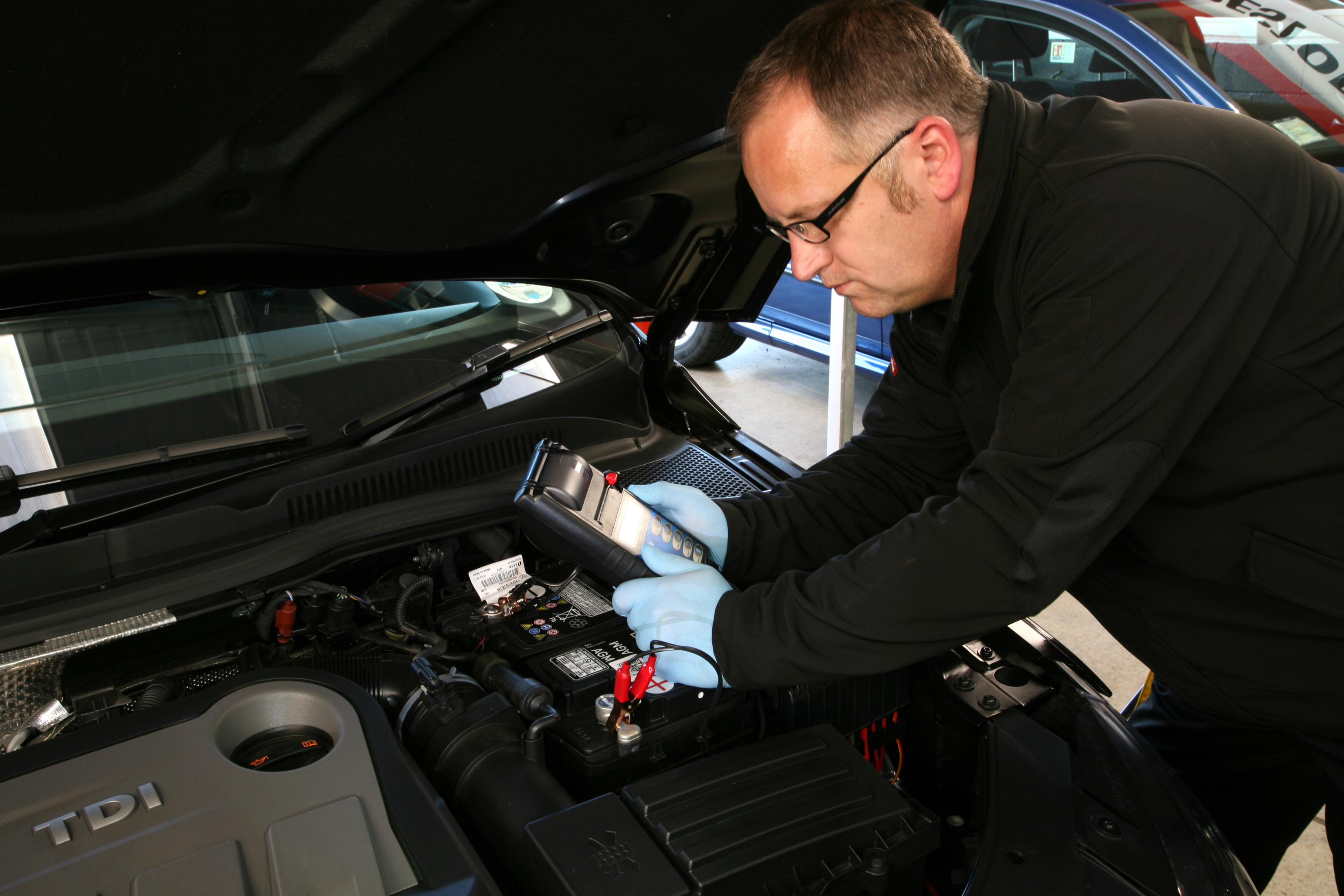How To Maintain Your Car Battery
Car batteries are a crucial component of the automotive system, as they provide the electrical power required to start the engine, operate the lights and other accessories, and run various electronic devices. In this blog post, we'll take a closer look at how car batteries work and what you need to know about their operation.

Chemical Reactions Inside the Battery
Car batteries operate on the principle of electrochemical reactions. Inside the battery, there are two types of plates: positive and negative, made of lead and lead dioxide, respectively. These plates are immersed in an electrolyte solution, which is usually a mixture of sulfuric acid and water.
When the battery is connected to a load, such as a starter motor, an electrochemical reaction takes place between the plates and the electrolyte. This reaction generates an electrical current that flows through the terminals of the battery and the cables connected to it.
If your car battery isn't working as intended, there may be a fault within it. At National, we offer a FREE battery health check, which can be booked using the button below.
Battery Check
How Car Batteries Produce Electricity
When a car battery is charged, a chemical reaction takes place between the lead plates and the sulfuric acid in the electrolyte solution. This reaction produces lead sulfate and releases electrons that flow through a circuit, creating an electrical current. When the battery discharges, the lead sulfate reverts back to lead and lead dioxide, and the electrolyte solution becomes less acidic.
What Does the Alternator Do?
While a car battery provides the initial burst of energy needed to start the engine, it's the alternator that keeps the battery charged and powers the car's electrical systems when the engine is running. The alternator is essentially a generator that uses the rotational energy of the engine to produce electrical current. It consists of a rotor, a stator, and a series of diodes that convert the AC current produced by the alternator into a DC current that can be used by the car's electrical systems.
Charging and Discharging the Battery
The electrochemical reactions inside the battery are reversible, which means that the battery can be charged and discharged multiple times. When the battery is fully charged, the positive plate is coated with lead dioxide, and the negative plate is coated with pure lead.
When the battery is discharged, the lead dioxide on the positive plate reacts with the sulfuric acid to form lead sulfate, while the pure lead on the negative plate reacts with the acid to form lead sulfate as well. These reactions generate electrons, which flow through the terminals of the battery to power the load.
If your battery has died and you're unable to drive your vehicle to a branch, you can get a new battery fitted at a location of your choice! To book a mobile battery fitting, click the link below.
Mobile Battery Fitting
Maintaining the Battery
To ensure the optimal operation of the car battery, it's essential to maintain it properly. Here are some tips to help you:
- Check the battery terminals regularly and clean them if there is any corrosion or dirt.
- Keep the battery charged by driving the car frequently, especially on long trips.
- Avoid leaving the car lights or other accessories on for an extended period with the engine off, as this can drain the battery.
- If the battery is not holding a charge or is showing signs of wear, consider replacing it.
To purchase a new battery for your vehicle, simply click the link below and enter your registration number.
Batteries
Car batteries are an essential component of the automotive system, providing the electrical power required to operate various devices and accessories. By understanding how they work and how to maintain them, you can ensure the reliable operation of your car's electrical system and avoid unexpected breakdowns.
Did you enjoy this blog post? |5 people found this review helpful



 Sign up for SPECIAL OFFERS
Sign up for SPECIAL OFFERS
